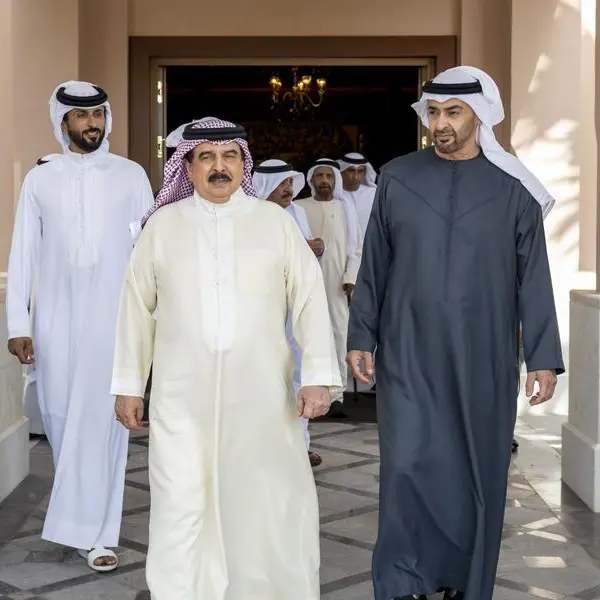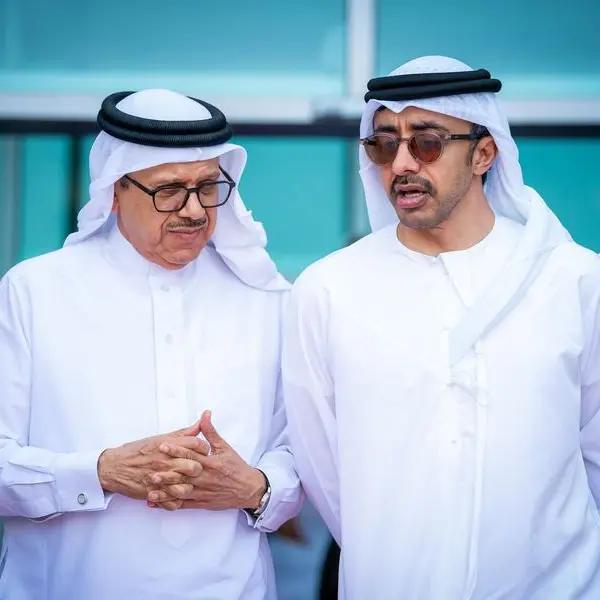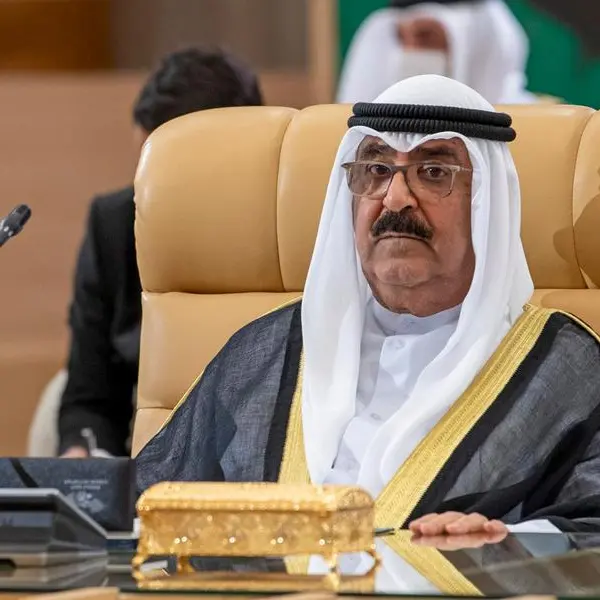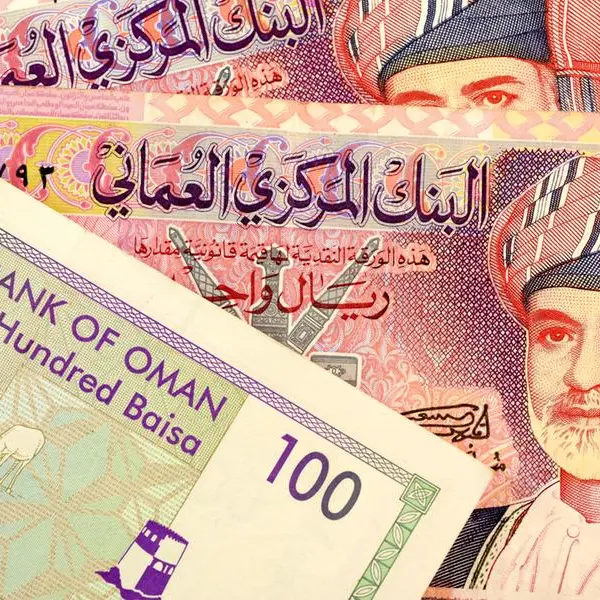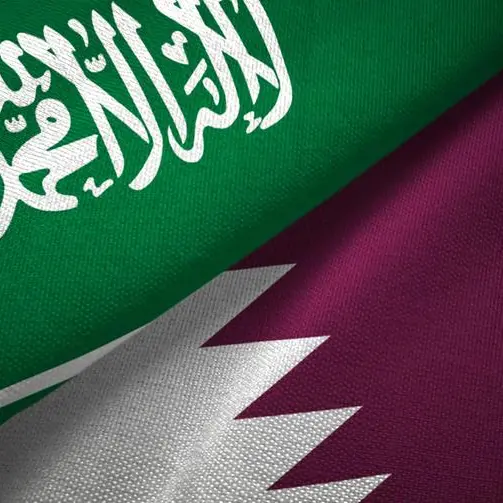* Markets steady in days since budget
* Seen as first step towards stabilising finances
* Concern remains over economic, political obstacles to reform
* Government debt to keep rising for at least several years
* Uptrend in domestic money rates to continue
By Archana Narayanan
DUBAI, Dec 30 (Reuters) - Saudi Arabian foreign exchange and credit default swap markets have held steady since the kingdom released its state budget this week, suggesting Riyadh has at least partially convinced investors it can get its finances under control.
The 2016 budget announcement on Monday was seen by many international investors as a test of Saudi Arabia's ability -- and political will -- to take painful steps needed to cope with an era of cheap oil.
In recent months, the riyal has dropped in the foreign exchange forwards market to its lowest since 1999 because of fears that huge budget deficits as oil revenues fall might eventually force Riyadh to abandon its peg to the U.S. dollar.
Prices of credit default swaps, used to insure against the risk of a Saudi sovereign debt default, soared to levels well above those for the Philippines.
In the past few days, those markets have been stable. Traders said this may partly have been due to thin trading activity during the year-end holiday season, but also suggested markets were reassured to some extent.
The budget included spending cuts and reforms to energy subsidies and eyed higher revenues from taxes and privatisation to help cut this year's deficit of $98 billion to $87 billion in 2016, despite the prospect of lower oil prices next year.
ID:nL8N14H1GN
"We believe that it is a positive move in the long term as it should help put the kingdom on more stable fiscal footing," said Jaap Meijer, managing director for equity research at Arqaam Capital in Dubai.
Bank of America Merrill Lynch said the budget "starts to introduce a credible medium-term fiscal consolidation strategy to address the oil price slump through revenue- and expenditure-side measures".
MARKETS
One-year U.S. dollar/Saudi riyal forwards
SAR1Y=
traded at 500 points on Wednesday, around their average for December.
Although debt insurance costs remain elevated, five-year CDS
SAGV5YUSAC=MP
have remained steady at 153 basis points and prices for Saudi bonds have not moved significantly this week.
Analysts said forwards and CDS might not drop back sharply until Riyadh demonstrates it can continue to push through spending and revenue reforms even if austerity slows the economy or if public opposition to the changes rises.
Steven Hess, senior vice president at the sovereign risk group of credit rating agency Moody's Investors Service, said the 2016 budget was a first step toward returning the kingdom's fiscal balance to a sustainable path.
"However, we estimate that the budget deficit in 2016 will still be close to 13 percent of GDP, meaning that implementation of the measures over the medium term will be important," he said, adding that he wanted more details on the timing of reforms such as a planned introduction of value-added tax.
"We expect that budget deficits will decline gradually over the next several years, meaning that government debt will continue to rise."
One sign of pressure on Saudi Arabia is expected to persist for a while: an uptrend in money market rates, which are rising as low oil prices limit flows of new money into bank deposits and the government borrows from banks to cover its deficit.
The three-month Saudi Interbank Offered Rate (SAIBOR), which hovered at a three-year low of 0.77 percent between March and July, hit a high of 1.55 percent on Wednesday, a level last seen in January 2009.
"We continue to forecast SAIBOR moving higher on the back of tight local liquidity and U.S. Fed rate hikes in 2016," said Aqib Mehboob, senior analyst at Saudi Fransi Capital in Riyadh.
(Editing by Andrew Torchia and Catherine Evans) ((archana.narayanan@thomsonreuters.com; +971 445 36240; Reuters Messaging: archana.narayanan.thomsonreuters.com@reuters.net))
* Seen as first step towards stabilising finances
* Concern remains over economic, political obstacles to reform
* Government debt to keep rising for at least several years
* Uptrend in domestic money rates to continue
By Archana Narayanan
DUBAI, Dec 30 (Reuters) - Saudi Arabian foreign exchange and credit default swap markets have held steady since the kingdom released its state budget this week, suggesting Riyadh has at least partially convinced investors it can get its finances under control.
The 2016 budget announcement on Monday was seen by many international investors as a test of Saudi Arabia's ability -- and political will -- to take painful steps needed to cope with an era of cheap oil.
In recent months, the riyal has dropped in the foreign exchange forwards market to its lowest since 1999 because of fears that huge budget deficits as oil revenues fall might eventually force Riyadh to abandon its peg to the U.S. dollar.
Prices of credit default swaps, used to insure against the risk of a Saudi sovereign debt default, soared to levels well above those for the Philippines.
In the past few days, those markets have been stable. Traders said this may partly have been due to thin trading activity during the year-end holiday season, but also suggested markets were reassured to some extent.
The budget included spending cuts and reforms to energy subsidies and eyed higher revenues from taxes and privatisation to help cut this year's deficit of $98 billion to $87 billion in 2016, despite the prospect of lower oil prices next year.
"We believe that it is a positive move in the long term as it should help put the kingdom on more stable fiscal footing," said Jaap Meijer, managing director for equity research at Arqaam Capital in Dubai.
Bank of America Merrill Lynch said the budget "starts to introduce a credible medium-term fiscal consolidation strategy to address the oil price slump through revenue- and expenditure-side measures".
MARKETS
One-year U.S. dollar/Saudi riyal forwards
Although debt insurance costs remain elevated, five-year CDS
Analysts said forwards and CDS might not drop back sharply until Riyadh demonstrates it can continue to push through spending and revenue reforms even if austerity slows the economy or if public opposition to the changes rises.
Steven Hess, senior vice president at the sovereign risk group of credit rating agency Moody's Investors Service, said the 2016 budget was a first step toward returning the kingdom's fiscal balance to a sustainable path.
"However, we estimate that the budget deficit in 2016 will still be close to 13 percent of GDP, meaning that implementation of the measures over the medium term will be important," he said, adding that he wanted more details on the timing of reforms such as a planned introduction of value-added tax.
"We expect that budget deficits will decline gradually over the next several years, meaning that government debt will continue to rise."
One sign of pressure on Saudi Arabia is expected to persist for a while: an uptrend in money market rates, which are rising as low oil prices limit flows of new money into bank deposits and the government borrows from banks to cover its deficit.
The three-month Saudi Interbank Offered Rate (SAIBOR), which hovered at a three-year low of 0.77 percent between March and July, hit a high of 1.55 percent on Wednesday, a level last seen in January 2009.
"We continue to forecast SAIBOR moving higher on the back of tight local liquidity and U.S. Fed rate hikes in 2016," said Aqib Mehboob, senior analyst at Saudi Fransi Capital in Riyadh.
(Editing by Andrew Torchia and Catherine Evans) ((archana.narayanan@thomsonreuters.com; +971 445 36240; Reuters Messaging: archana.narayanan.thomsonreuters.com@reuters.net))
